
With the rapid development of modern industry and science and technology, production equipment is becoming increasingly large-scale, integrated, high-speed, automated, and intelligent. The importance of equipment in production is growing, and the management of equipment has higher demands. The ability to ensure the normal operation of key equipment directly relates to various aspects of an industry’s development. Once modern industrial production stops due to a fault, the losses can be enormous. Therefore, the technology of equipment diagnosis has received increasing attention and has rapidly developed in both theoretical and practical applications.
1、Development Process of Mechanical Equipment Fault Diagnosis
Fault diagnosis of equipment refers to the technology of determining whether mechanical equipment is operating normally or experiencing abnormal phenomena based on various information generated during the operation of the equipment in a specific working environment, as well as identifying the cause and location of the fault and predicting the state of the equipment. The essence of fault diagnosis is state recognition, and the diagnosis process mainly consists of three steps: the first step is to detect the characteristic signals of the equipment’s state, such as vibration, noise, temperature, etc.; the second step is to extract symptoms from the detected characteristic signals; the third step is fault pattern recognition.
The development of mechanical equipment fault diagnosis technology can be divided into the following stages:
(1) Fault diagnosis stage based on fault events. Fault causes and locations are checked only after a fault occurs. The means of fault diagnosis involve disassembly analysis of the equipment, leveraging past experiences and some simple instruments.
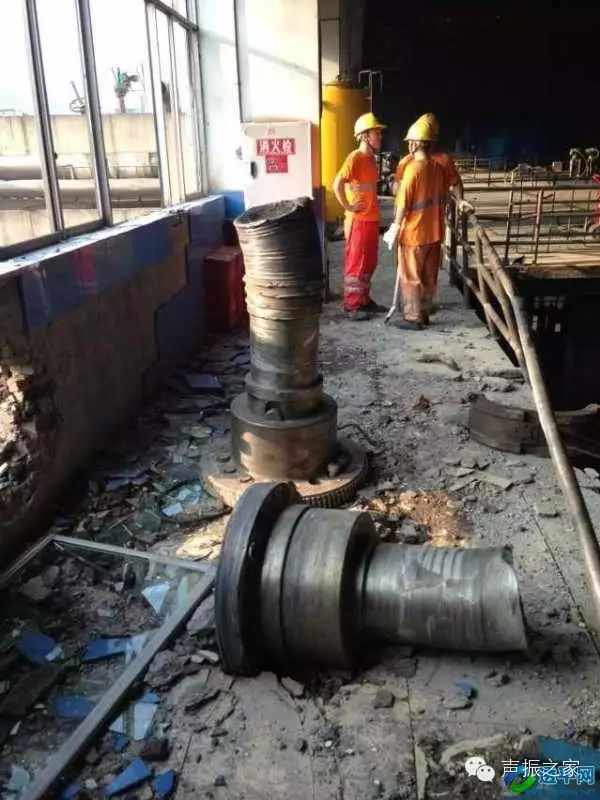
(2) Fault diagnosis stage based on fault prevention. The purpose of fault diagnosis at this stage is to provide a basis for formulating reasonable maintenance cycles and to check for sudden faults before scheduled maintenance, ensuring that faults can be eliminated before they occur. The diagnostic means at this stage mainly involve some simple condition monitoring instruments, which usually have alarm values for certain operating parameters, capable of predicting sudden faults.
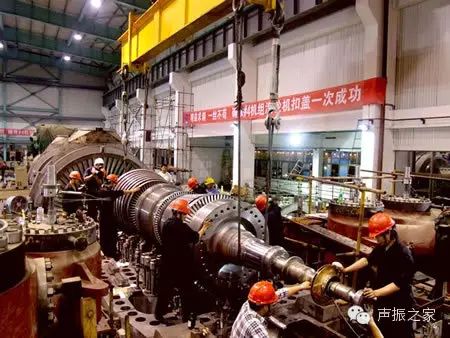
(3) Fault diagnosis stage based on fault prediction. At this stage, fault diagnosis centers around signal acquisition and processing, utilizing various information to assess the state of the equipment from multiple levels and perspectives, and taking different measures for different equipment. Equipment in a normal operating state can be inspected according to the original detection plan; equipment that is developing faults should be closely monitored; while equipment with severe faults should be promptly shut down for fault diagnosis.
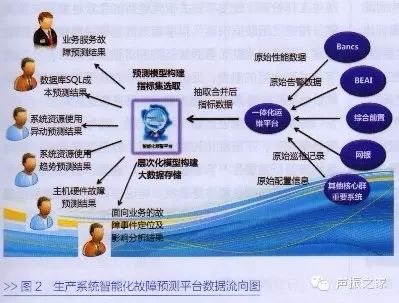
2、Significance of Conducting Research on Fault Diagnosis Technology
Currently, the number of large equipment in China’s industrial and mining enterprises is increasing, and its importance in production is self-evident. The social and economic benefits brought by the detection and diagnosis technology of key equipment are increasingly recognized, specifically including:
(1) Preventing accidents to ensure personal and equipment safety.
(2) Promoting the reform of equipment maintenance systems. The transition from preventive maintenance to predictive maintenance is inevitable, and the fundamental basis for truly achieving predictive maintenance is the development and maturity of equipment diagnosis technology.
(3) Improving economic benefits. The ultimate goal of equipment diagnosis is to prevent faults from occurring, fully extend the lifespan of components, prolong maintenance cycles, enhance the precision and speed of repairs, reduce maintenance costs, and achieve optimal economic benefits.
3、Current Status and Development Trends of Equipment Fault Diagnosis Technology
In the past 20 years, with the continuous progress and development of science and technology, especially the rapid development and popularization of computer technology, equipment fault diagnosis technology has gradually formed a relatively complete emerging interdisciplinary engineering discipline. This discipline focuses on equipment management, condition monitoring, and fault diagnosis, aiming to establish a new maintenance system, and has become a hot subject internationally.
China began its work on mechanical equipment fault diagnosis in 1983. The technology has been applied in industries such as chemical, metallurgy, electric power, and railways, achieving good results. With the development of diagnostic technology, relevant manufacturers have emerged. Some sensors and data collectors have reached international levels, and several diagnostic instruments and devices have been developed.
Today, equipment fault diagnosis technology has become an independent interdisciplinary comprehensive information processing technology. It is based on reliability theory, control theory, information theory, and system theory, utilizing modern testing instruments and computers, and gradually forming an emerging discipline based on the specific laws of various diagnostic objects. It generally consists of three parts: the first part focuses on the study of physical and chemical processes of fault diagnosis; the second part studies the information science of fault diagnosis, mainly focusing on the collection, selection, processing, and analysis of fault signals; the third part studies the logic and mathematical principles of diagnosis, mainly determining the next detection location based on observable equipment fault characteristics through logical methods, model methods, inference methods, and artificial intelligence methods, ultimately analyzing and judging the location and cause of the fault.
Fault diagnosis methods can be simply divided into traditional diagnostic methods, mathematical diagnostic methods, and intelligent diagnostic methods. Traditional diagnostic methods include vibration monitoring technology, oil analysis technology, noise monitoring technology, infrared temperature measurement technology, acoustic emission technology, and non-destructive testing technology; mathematical diagnostic methods include Bayesian decision criteria-based methods, linear and nonlinear discriminant function pattern recognition methods, probabilistic statistical time series model diagnostic methods, distance criterion-based fault diagnosis methods, fuzzy diagnostic principles, gray system diagnostic methods, fault tree analysis methods, wavelet analysis methods, and chaotic analysis methods combined with fractal geometry; intelligent diagnostic methods include fuzzy logic, expert systems, neural networks, and evolutionary computation methods (e.g., genetic algorithms).
The integration of equipment fault diagnosis technology with contemporary advanced sciences is the development direction of equipment fault diagnosis technology. Today’s development trends in fault diagnosis include the precision and multidimensionality of sensors, diversification of diagnostic theories and models, and the intelligence of diagnostic technology, specifically manifested in:
(1) Integration with the latest sensor technologies, especially laser testing technologies.
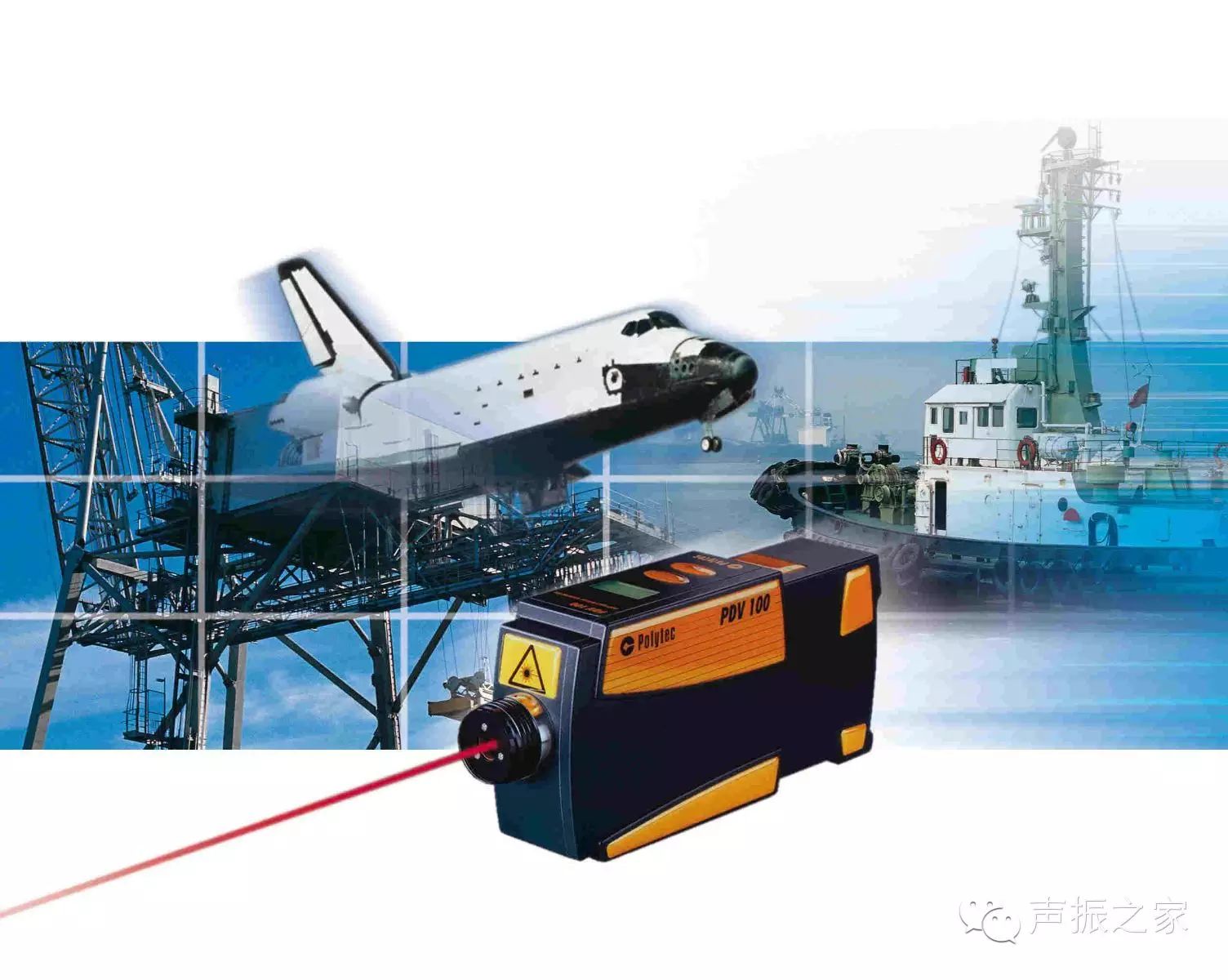
(2) Integration with the latest signal processing methods.
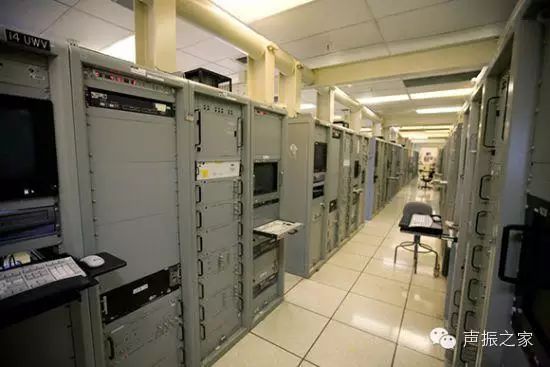
(3) Integration with nonlinear principles and methods.

(4) Integration with multi-sensor technologies.
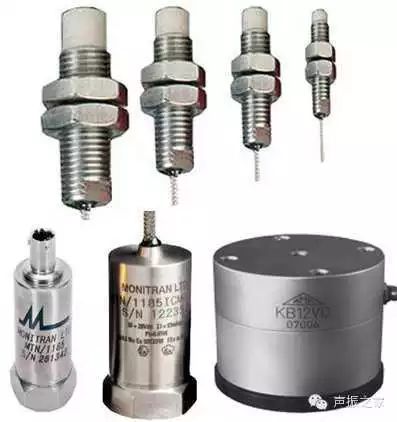
(5) Integration with modern intelligent methods.

↓↓↓ Click “Read Original”
Source: This article is sourced from the Vibration Forum (vibunion.com), published by member ddlluu on October 17, 2005, similar content appeared in the 2010 issue 33 of the journal “Value Engineering” in the article “Overview of Mechanical Equipment Fault Diagnosis”.
